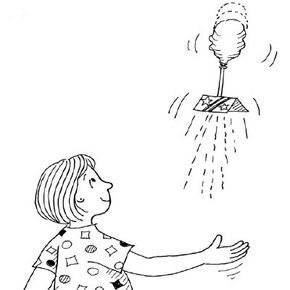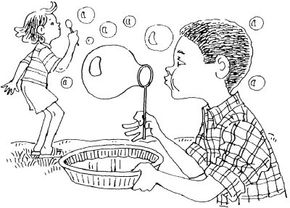Backyard Activities for Kids will amuse your children for hours in the safety of your own backyard. They'll have fun while they learn valuable lessons about the great outdoors and develop useful skills.
These projects get kids out into the fresh air and bring the whole family together.
Advertisement
On the following pages, you'll learn backyard activities to enjoy with your kids.
This backyard activity teaches kids how vegetables grow and gives them a creation that will amaze their friends. Learn this backyard activity.
Encourage kids to learn more about the plants and animals that live in their own backyard. Get directions for this backyard activity.
Create a nature hike through your backyard or local park, and have a great time making trail markers. Find out how to organize this backyard activity.
No-Sting Bubbles won't hurt if they pop in your child's eye. Learn this safe and fun backyard activity.
Let your kids get creative when they make their very own High-Flying Rocket, and then take it into the backyard and watch it soar.
Kids learn to about the bugs that live in the earth with the Soil Wildlife activity. Identify backyard Soil Wildlife with your kids.
The Vegetable in a Bottle, our first backyard activity, is a learning experience with a big surprise. Read about it on the next page.
Looking for more outdoor games? Try:
Advertisement


